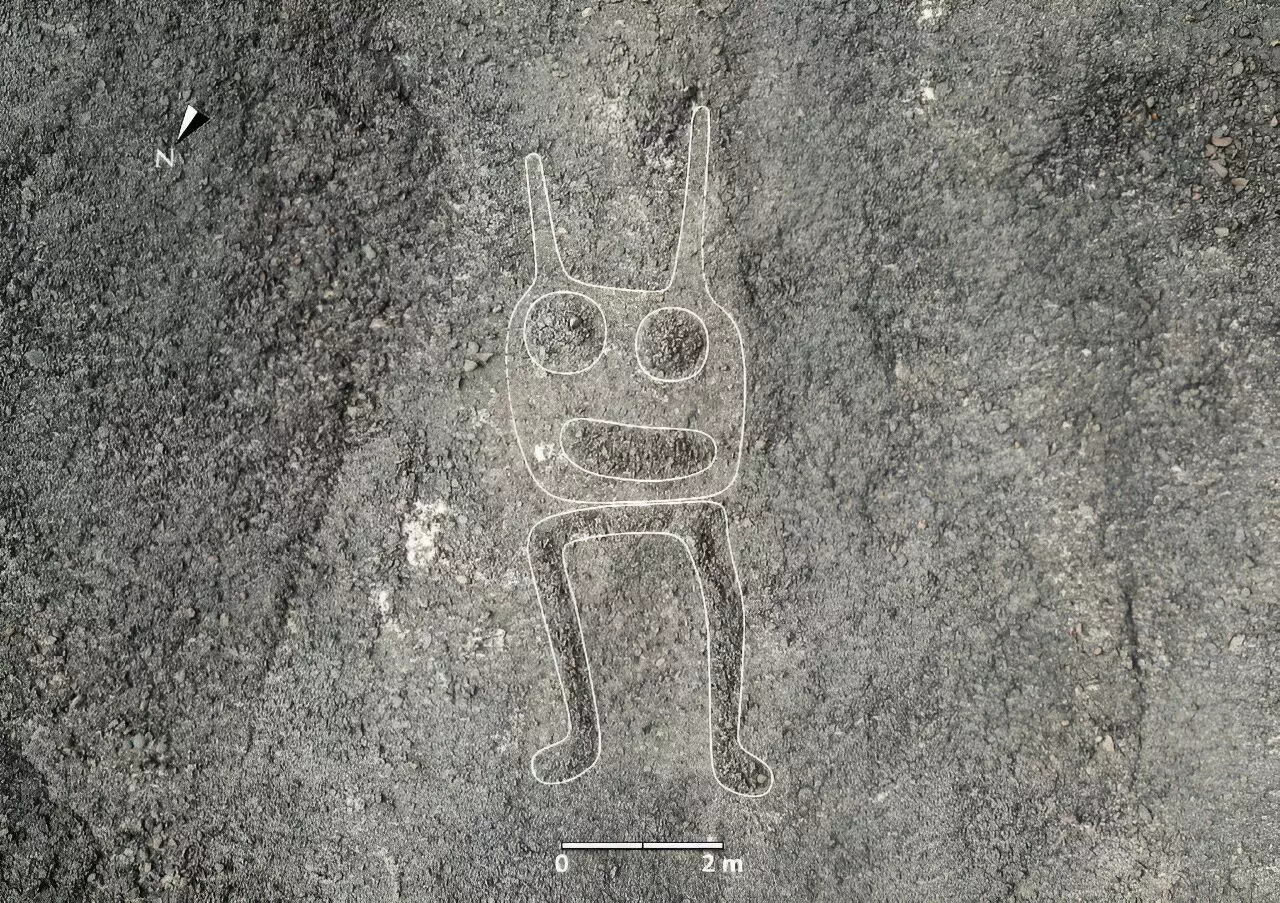In a groundbreaking study, Japanese researchers have utilized artificial intelligence (AI) to reveal an astonishing 303 previously unknown geoglyphs in Peru’s Nazca desert. This remarkable discovery essentially doubles the known quantity of geoglyphs created by an ancient pre-Inca civilization approximately 2,000 years ago. The Nazca lines, characterized by their colossal engravings of animals, plants, and geometric shapes, have captivated archaeologists for decades. However, these recent findings not only enhance our understanding of this archeological site but also showcase how technology can revolutionize the field of archaeology.
Historically, the exploration and identification of Nazca’s geoglyphs have relied heavily on conventional methods, such as visual assessments made from high-resolution aerial images of the terrain. Archaeologist Masato Sakai from Yamagata University highlighted the shortcomings of this approach, noting that it was both time-consuming and prone to oversights. Traditional techniques often overlooked smaller geoglyphs due to the sheer scale of the desert, making the task exceedingly challenging. With traditional methodology, the first discoveries of Nazca lines occurred in 1927, and it took almost a century to identify a mere 430 figurative designs.
The integration of AI into archaeological research marks a significant shift in the way we unearth historical artifacts. In this instance, researchers collaborated with IBM’s research division and the Nazca Institute to develop an AI model adept at analyzing extensive datasets captured via aerial surveys. The AI was particularly efficient at detecting smaller relief-type geoglyphs that are difficult to discern for human observers. Incredibly, within just six months, the AI facilitated the identification of hundreds of new figures, demonstrating a stark contrast to the prolonged duration of previous investigations.
Among the new geoglyphs discovered were extensive linear patterns representing various wild animals, as well as smaller, more abstract designs that depicted humanoid figures and domesticated camelids. This variety showcases not just the artistic talents of the Nazca civilization but also hints at their cultural significance—elements that have intrigued scholars for generations.
The Nazca civilization, flourishing in the region from 200 BC to 700 AD, remains an enigma, particularly regarding the motivations behind such a monumental undertaking. Speculations surrounding the purpose of the lines include astrological orientations, spiritual rituals, and even astronomical calendars. Designated as a UNESCO World Heritage site, the Nazca lines offer a glimpse into the beliefs and artistry of an ancient culture, yet their true significance continues to spark debate within the academic community.
The recent revelations provided by AI not only enrich our understanding of the Nazca civilization but also pave the way for future discoveries in archaeology. With technology acting as an ally, researchers can push the boundaries of what we know, exploring even the most well-trodden historic sites in innovative and effective ways. As we continue to merge technology with tradition, the potential to unveil more hidden treasures from the past looks promising, indicating that history still has many secrets left to share.


Leave a Reply